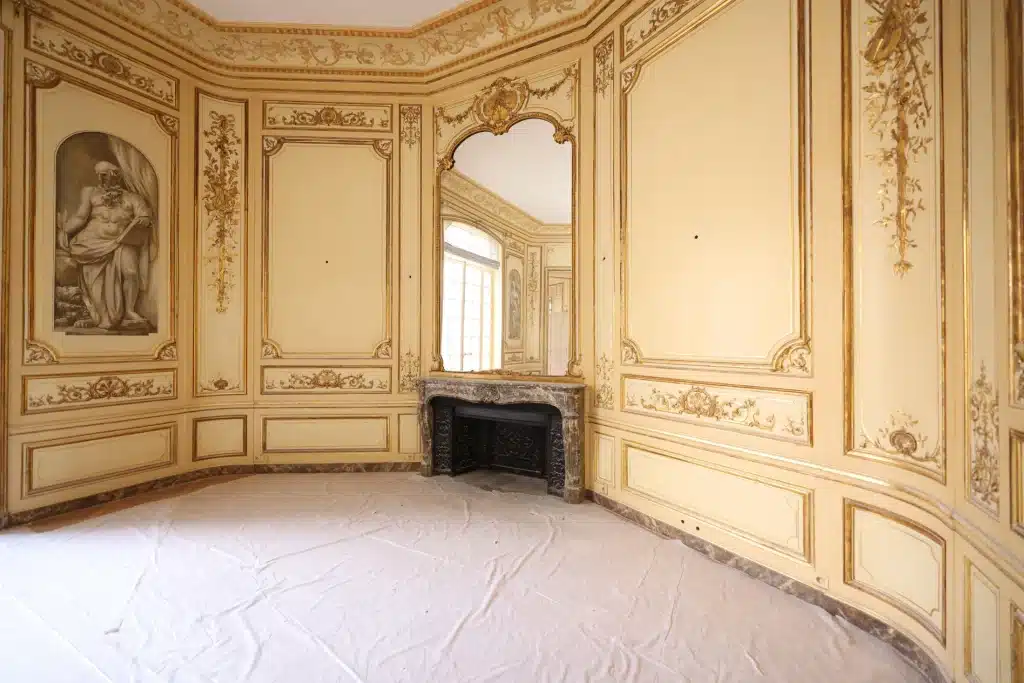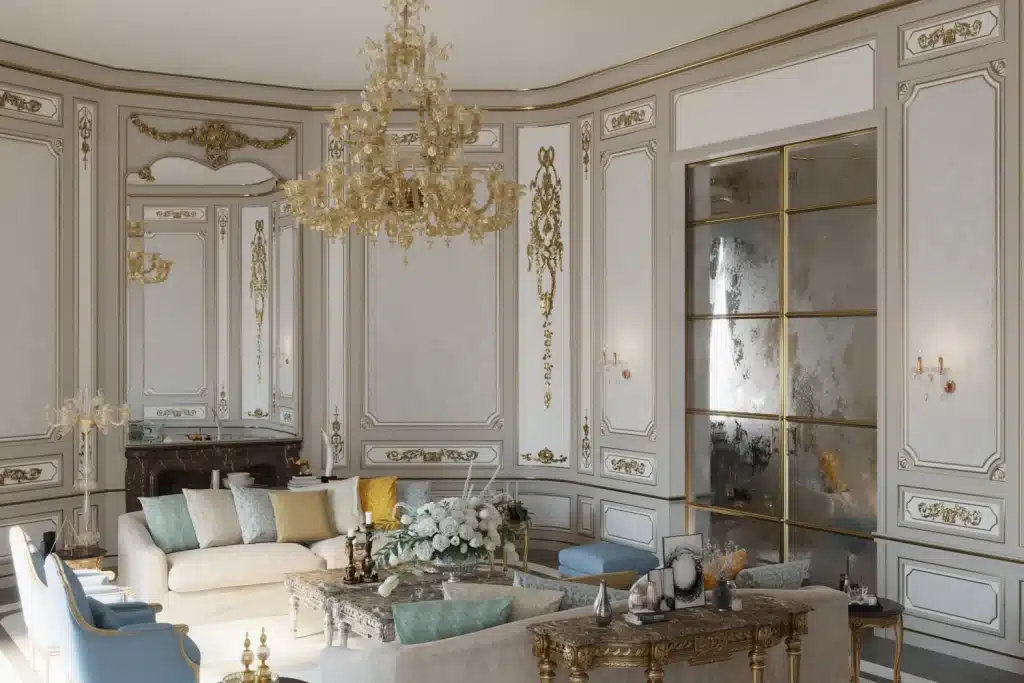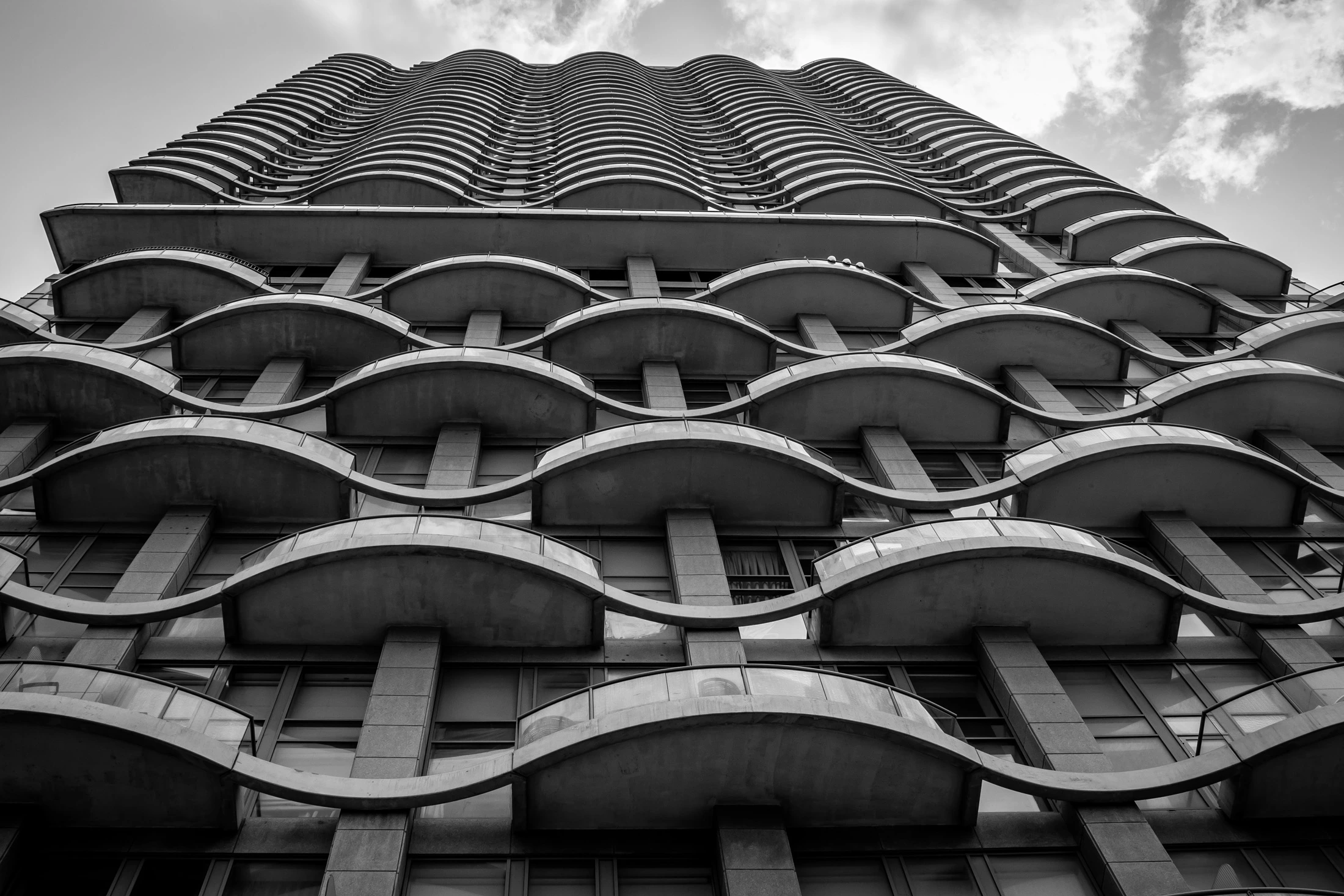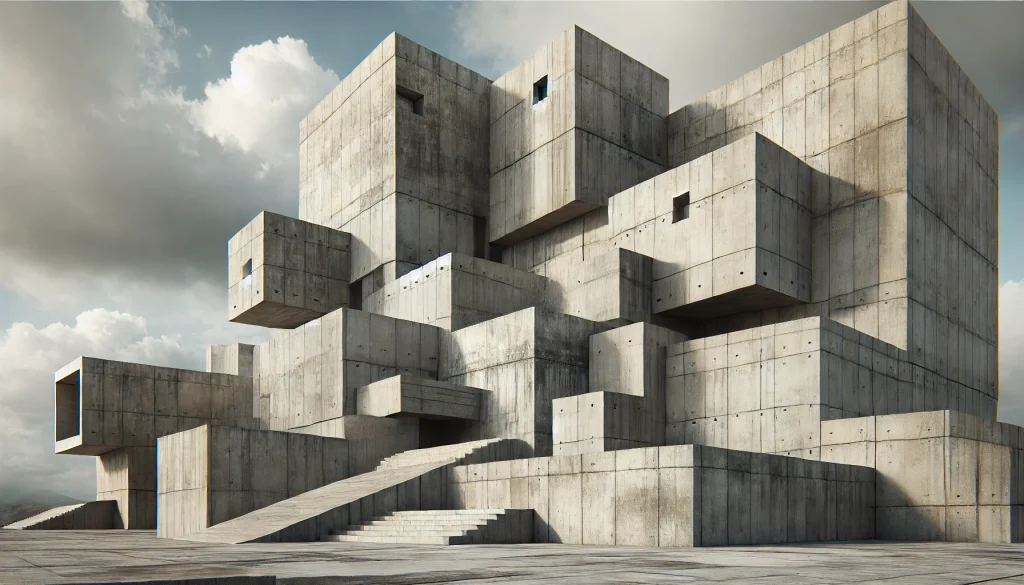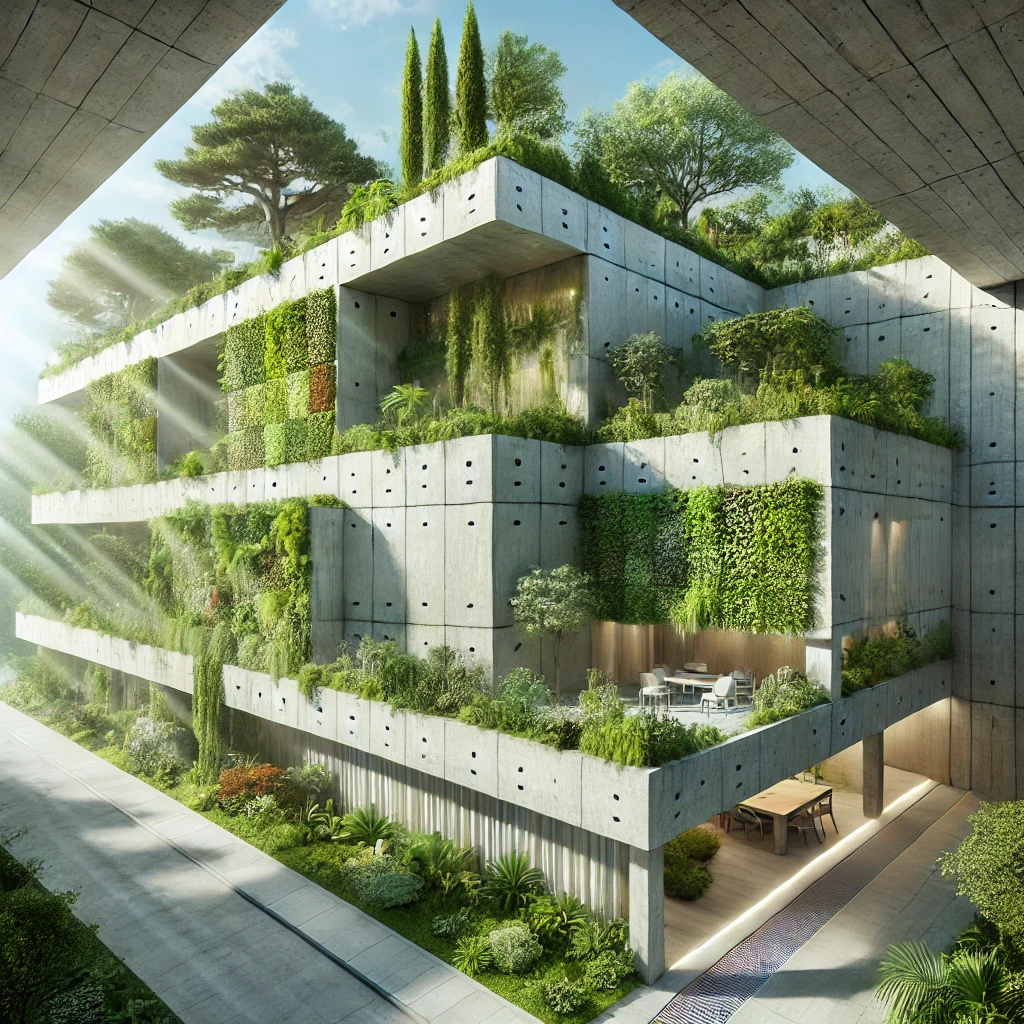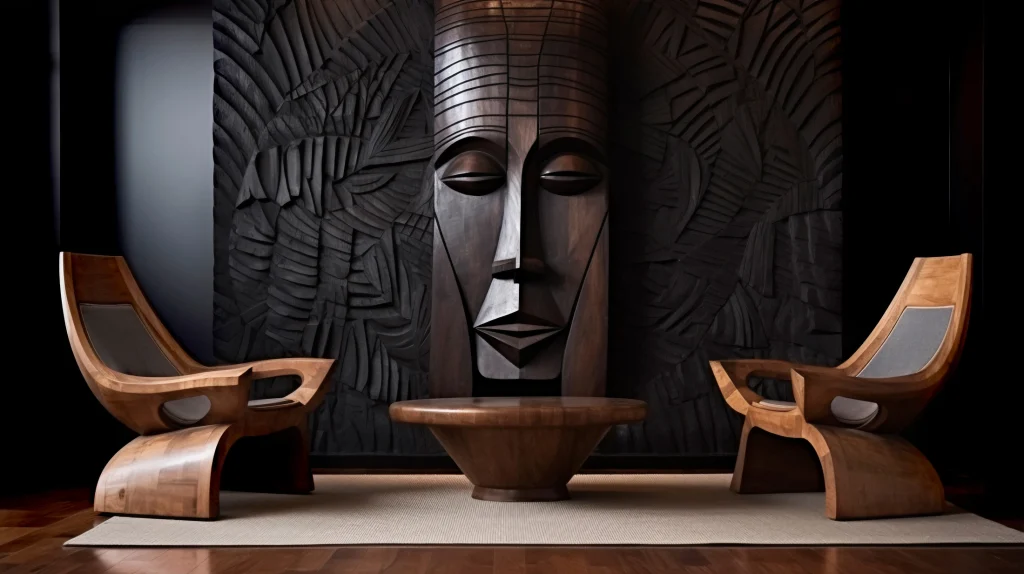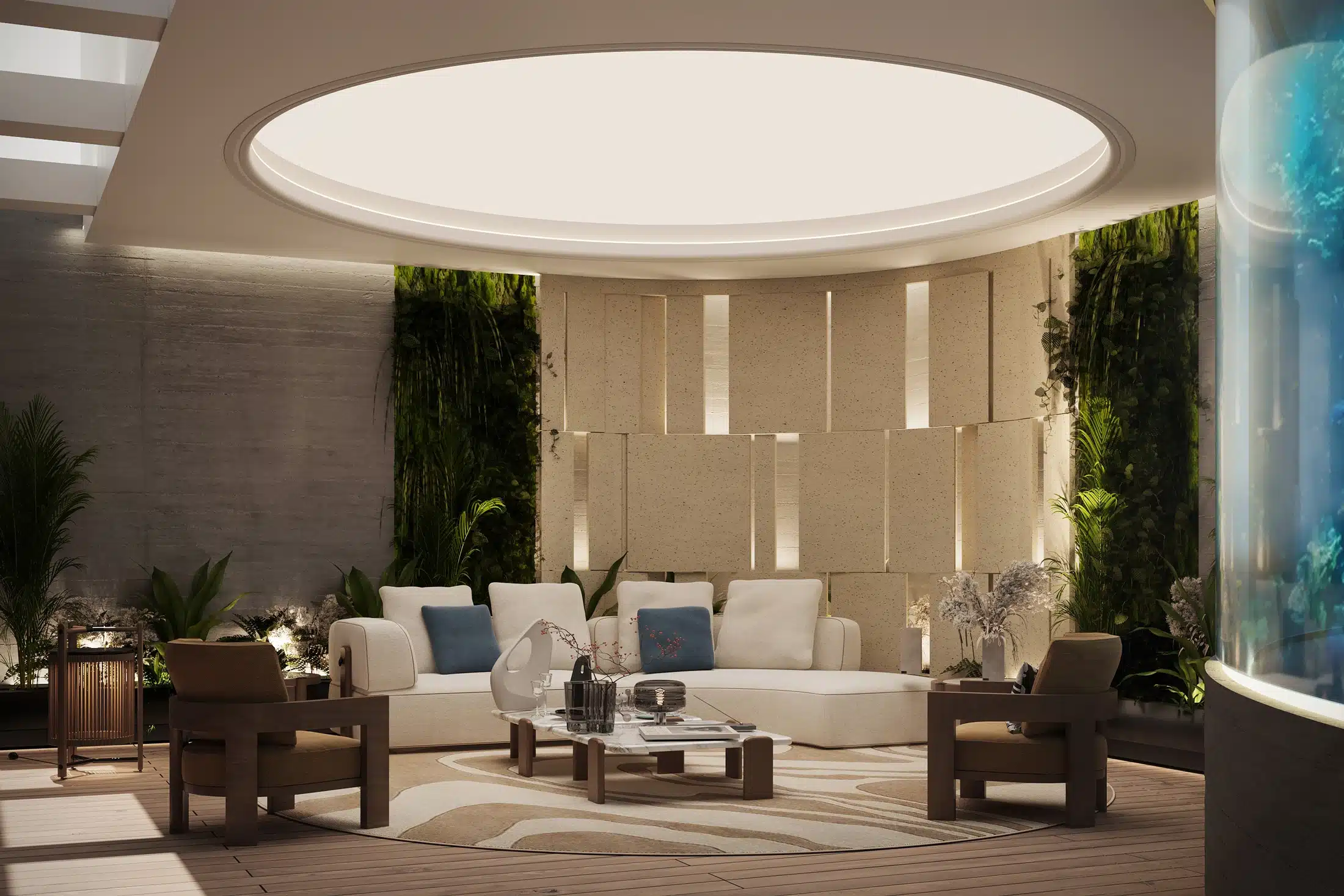
Architectural Trends for 2025: Shaping the Future of Design
The rhythm of the built world is shifting, and 2025 promises an era where design intelligence, sustainability, and functionality converge in ways never seen before. From reviving forgotten spaces to the rise of AI-powered blueprints, architecture is evolving at an exhilarating pace. At JA Architecture, the philosophy has always been about pushing the boundaries of form and function—ensuring that each structure is not just a building but a statement of innovation and purpose.
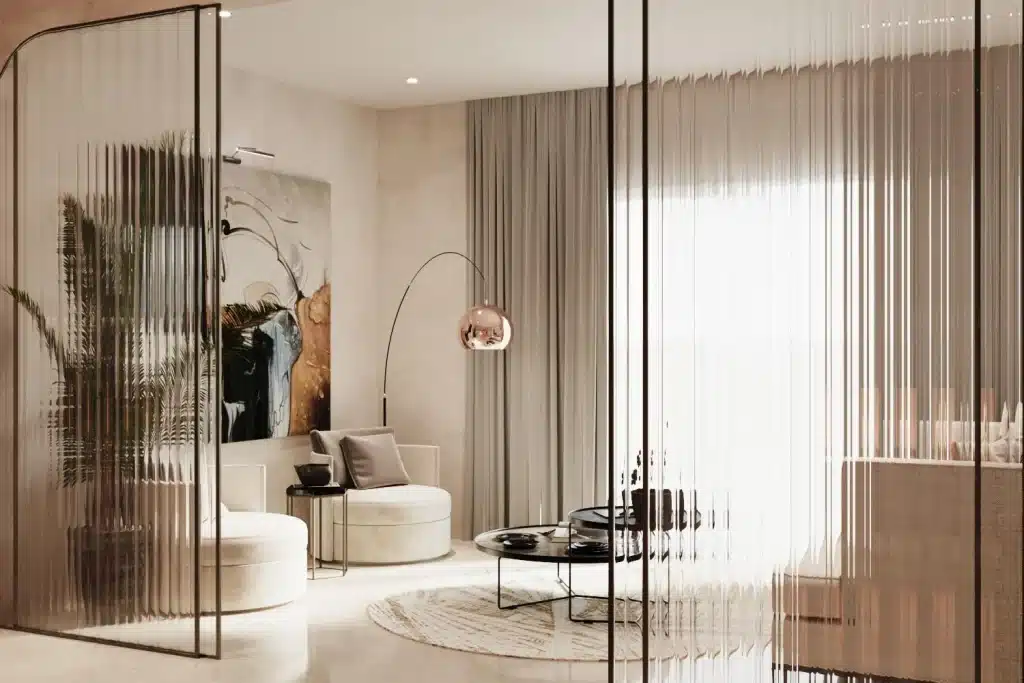
Villa CM70, Roquebrune-Cap-Martin – France, by JA Architecture
So, what’s next? Let’s explore the key trends defining architecture in 2025, showcasing how they are reshaping the urban landscape and how firms like JA Architecture are leading the charge.
Adaptive Reuse: Breathing New Life into Old Structures
Villa PA33, Paris – France, by JA Architecture
Where It’s Happening:
- Battersea Power Station, London – Once an industrial giant, now a luxury mixed-use development.
- The Factory, Manchester – A warehouse turned cultural hub.
Beyond aesthetics, adaptive reuse is a critical response to urban density, reducing environmental impact while preserving cultural identity.
AI-Driven Architecture: The Future of Design Intelligence
Artificial Intelligence is no longer a futuristic concept—it’s an essential tool in architectural design. AI-driven software is helping architects create efficient, structurally sound, and aesthetically striking designs, optimizing everything from urban planning to material selection.
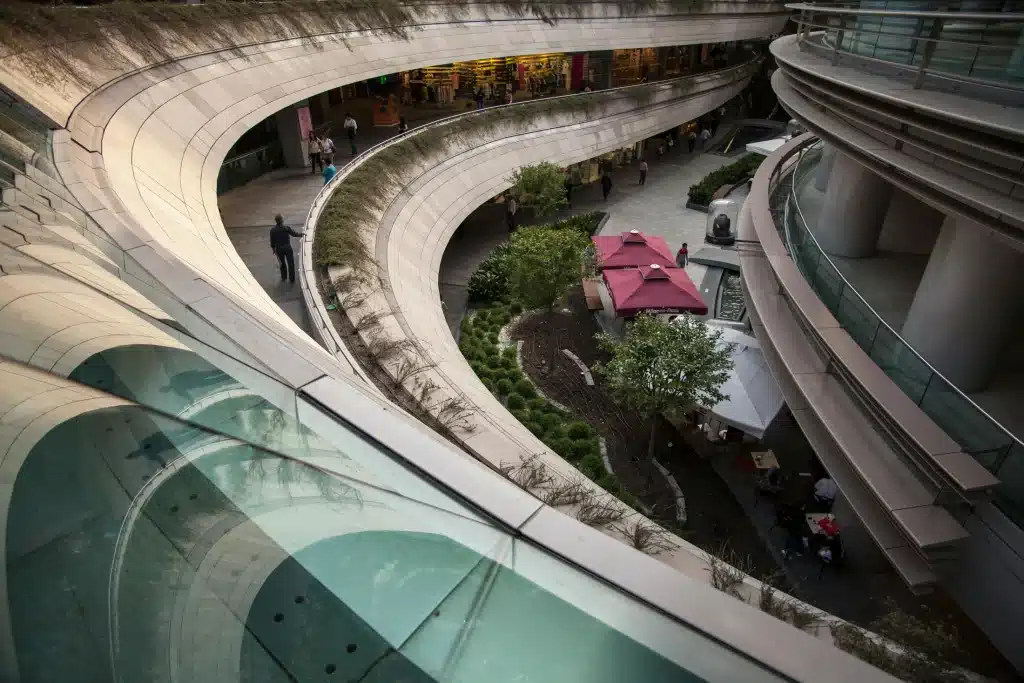
This shift doesn’t replace architects but enhances their ability to create hyper-efficient, customized spaces with unprecedented precision.
How AI is Changing the Game:
- Generative Design Tools – AI-powered platforms like Spacemaker AI and Autodesk’s Dreamcatcher analyze site conditions and create optimized building layouts.
- Smart Construction Management – AI predicts project delays, cost overruns, and material efficiencies, reducing risks.
- Enhanced Personalization – AI tailors bespoke solutions for clients, ensuring buildings match their lifestyle and environmental goals.
Beyond individual structures, architecture is influencing smart city developments, where AI-driven planning, carbon-neutral urban grids, and responsive infrastructure are redefining how societies function.
Biophilic Integration: Merging Nature and Urban Spaces
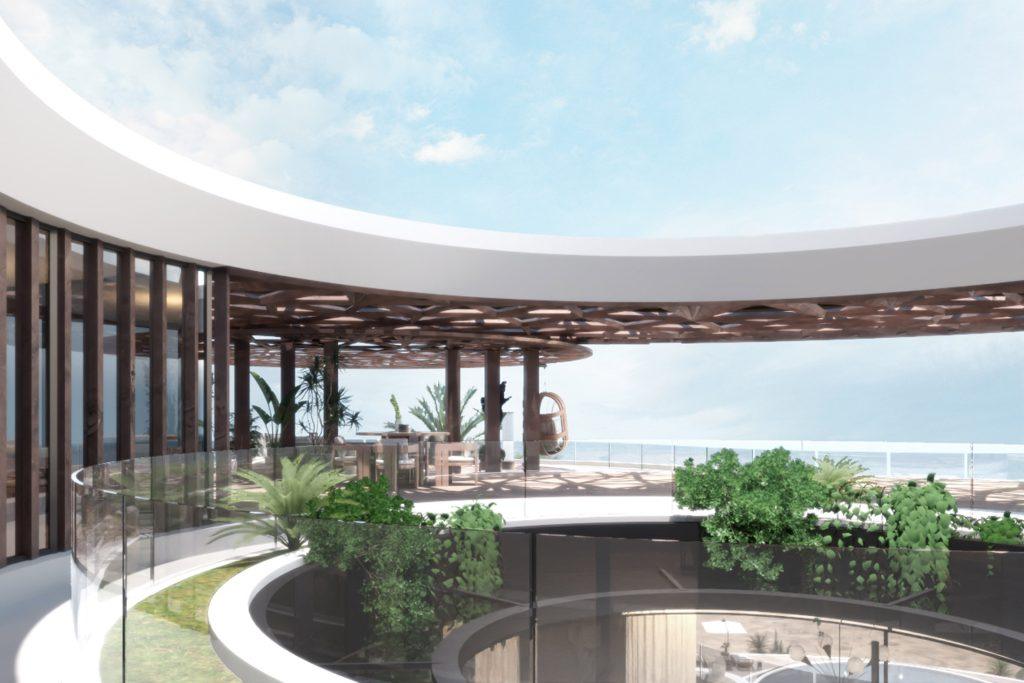
Villa DU98 – Dubai, by JA Architecture
In 2025, cities are going green—literally. Biophilic design is evolving beyond rooftop gardens and vertical walls; it’s about deep integration of nature into architectural DNA. Expect to see:
Key Elements of Biophilic Architecture:
- Living Façades – Skyscrapers wrapped in greenery, like the One Central Park in Sydney.
- Integrated Water Features – Buildings incorporating self-sustaining water systems and reflective pools.
- Nature-Inspired Interiors – Use of organic materials, natural lighting, and plant-filled workspaces to enhance well-being and productivity.
Biophilic integration extends beyond buildings; smart cities are now designing entire green urban corridors, fostering healthier living environments on a macro scale. As exemple:
Dubai plans to construct ‘The Green Spine,’ a 40-mile sustainable motorway featuring solar-powered robo-trams, pedestrian and cycling lanes, and heat-resistant pavements, all lined with one million trees.
Detroit is developing the Joe Louis Greenway, a 27.5-mile path connecting 23 neighborhoods, transforming industrial and abandoned lands into vibrant recreational areas, enhancing connectivity and health benefits for residents.
JA Architecture’s Perspective:
With an emphasis on creating environments that promote harmony between humans and nature, the firm utilizes biophilic principles in projects that prioritize natural airflow, open green courtyards, and sustainable landscaping.
Sustainable Luxury: Eco-Friendly Elegance
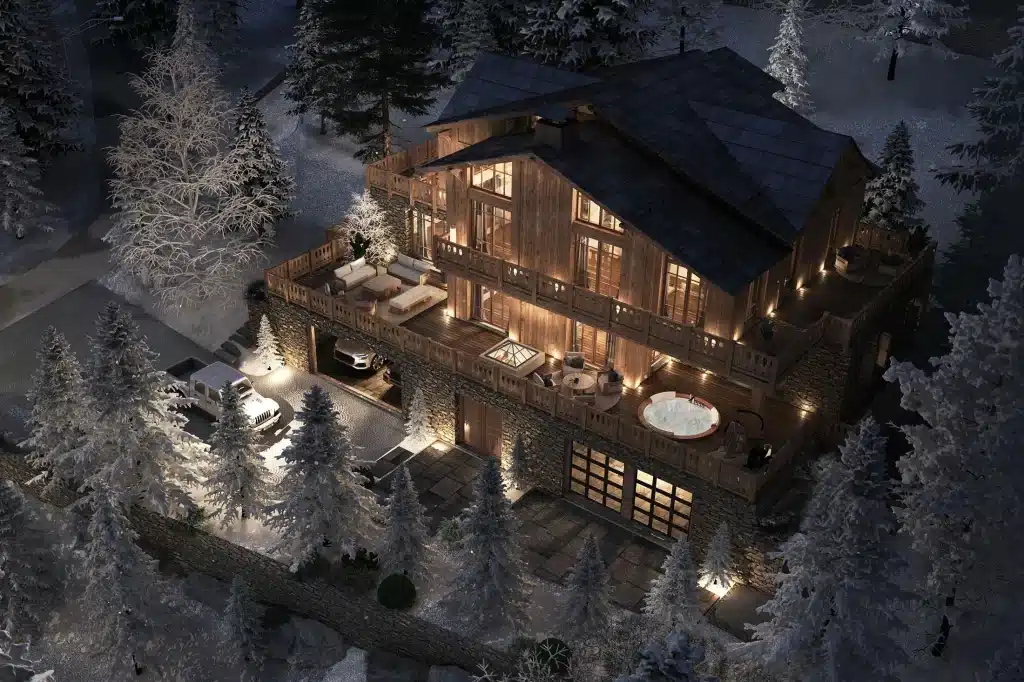
Villa Cai79, Caille – France, by JA Architecture
Sustainability is no longer a trade-off in luxury, it’s an expectation. The next wave of high-end architecture will emphasize:
- Energy-Efficient Smart Homes – Homes with solar glass windows, geothermal heating, and AI-powered energy management systems.
- Low-Impact Materials – The rise of recycled wood, bio-concrete, and 3D-printed sustainable elements.
- Eco-Conscious Luxury Developments – Think of passive houses that require minimal energy, yet exude opulence.
Leading Examples:
- The Edge, Amsterdam – The world’s greenest office building, powered by AI and renewable energy.
- Vancouver House, Canada – A luxury residential tower built with carbon-neutral strategies.
Modular and Prefabricated Solutions: Speed Meets Precision
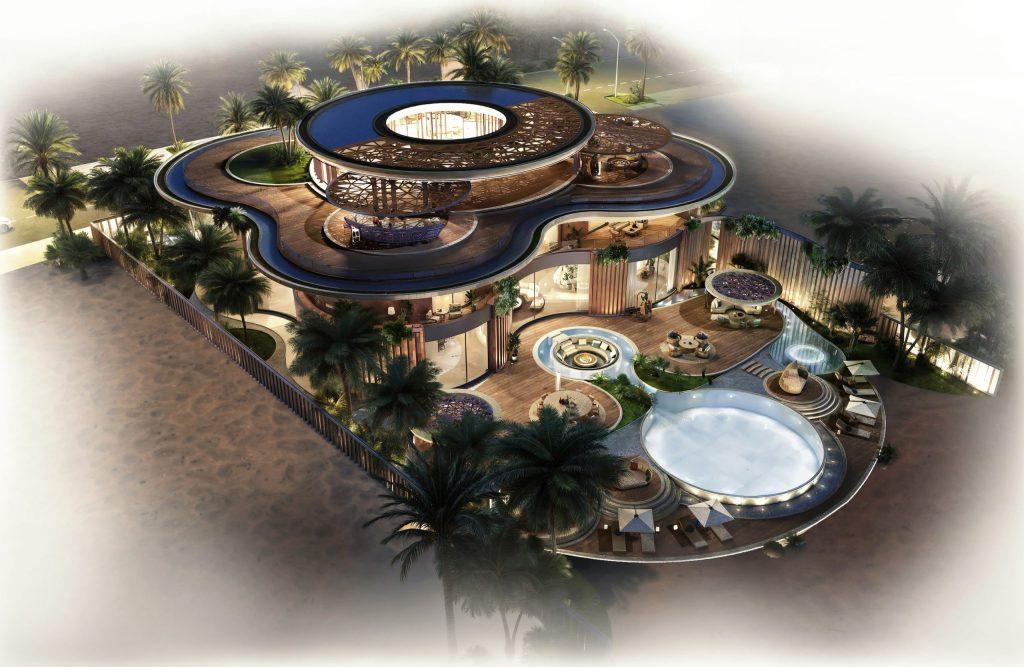
Villa DU98 – Dubai, by JA Architecture
Time is money, and prefabrication and modular construction are revolutionizing how fast and efficiently buildings are being delivered. With the demand for cost-effective and scalable housing, modular architecture is set to dominate residential, commercial, and even luxury real estate.
Why Modular Works:
- Faster Construction – Off-site fabrication reduces building time by 50-70%.
- Precision & Quality Control – Factory-built components ensure higher consistency and fewer errors.
- Sustainability Benefits – Less material waste, reduced carbon footprint, and enhanced energy efficiency.
In luxury architecture, modular solutions are evolving beyond efficiency—allowing for rapid customization and high-precision craftsmanship at scale.
Iconic Modular Projects:
- The CitizenM Hotels – Worldwide chain of prefab luxury hotels built in record time.
- Dubai’s First 3D-Printed Office – A bold statement on how fast the industry is moving.
Final Thoughts: The Future is Now
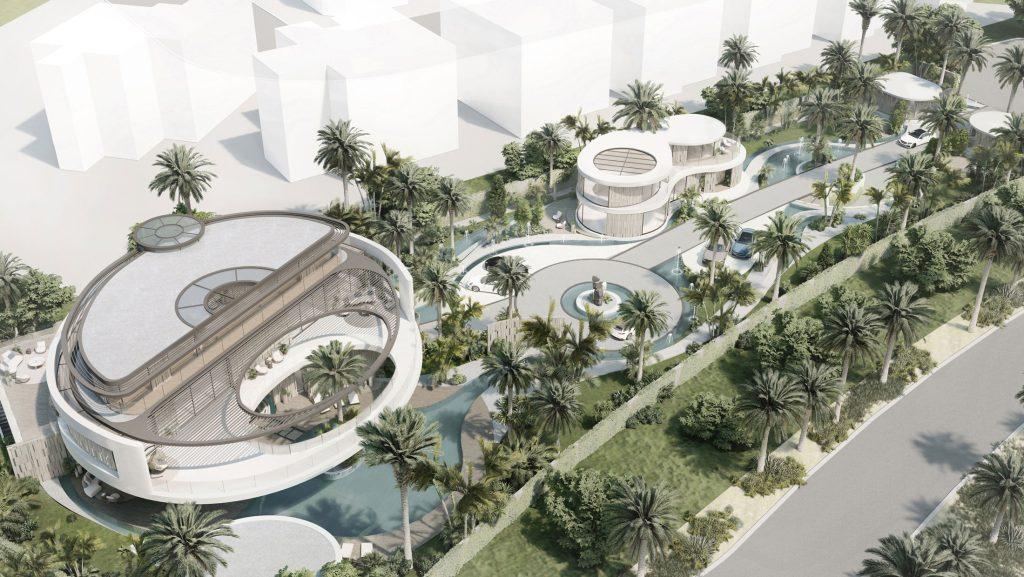
Villa DU58 – Dubai, by JA Architecture
The architectural landscape of 2025 is defined by innovation, sustainability, and intelligence. As trends shift towards AI-driven efficiency, biophilic integration, and adaptive reuse, architecture is becoming more than just a visual statement—it’s a response to the evolving needs of society.At JA Architecture, the commitment to timeless yet forward-thinking design ensures that each project stands as a testament to these evolving principles. The future of architecture isn’t just about buildings—it’s about creating experiences, ecosystems, and enduring legacies.
